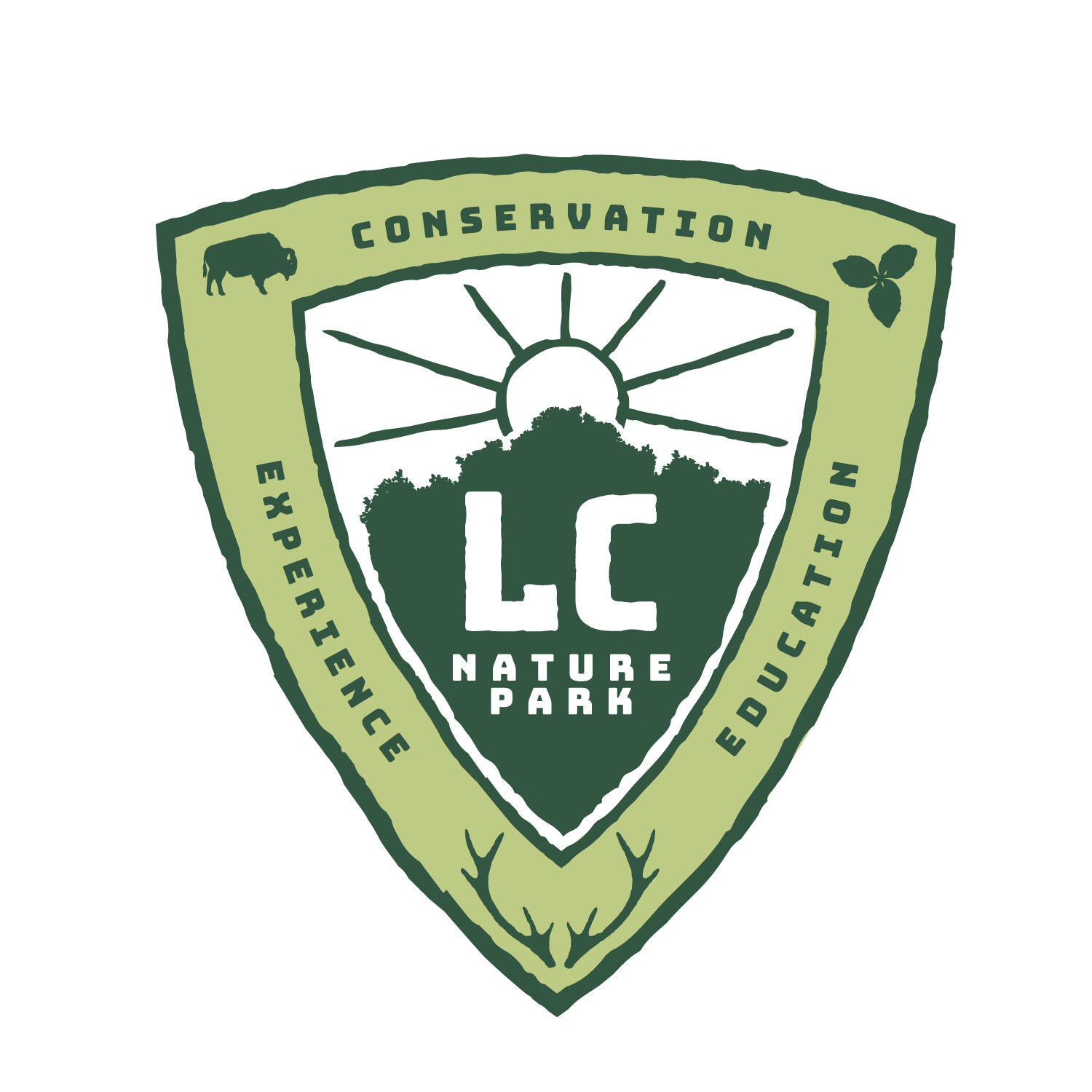Leaf Adaptations
Overview
In this program, we will learn about different leaf characteristics and think about how they aid in the plant’s survival.
Objectives
To gain knowledge of some of the different leaf characteristics and how they increase that plants likelihood of growth, survival, and reproduction.
Vocabulary
Leaf
Photosynthesis
Opposite
Alternate
Petiole
Vein
Background
The leaf is the expanded, typically photosynthetic, organ of a plant. It is attached, most often, to the pant by a petiole. Their attachment on a stem or branch can be either alternating or opposite from a leaf on the other side. Inside the leaf are cells that conduct photosynthesis, which is how the plant obtains energy from the sun. Nutrients and water flow through the leaf veins. Leaves can be covered with hairs or smooth but all leaves have stomata, which allow for the transfer of gases in and out of the leaf.
Depending on where a plant grows, whether it is out in the open in a prairie, at the top of tree canopy, or on the floor of a closed canopy forest. Leaves are vitally important for the survival of the plant.
Program Outline
In this program, we will look at leaves with a variety of leaf characteristics and think about how a species leaf anatomy will provide them with everything they need to grow, survive, and reproduce.
There will be examples of different leaves and we will discuss the advantages these characteristics give to that plant. For example, succulents which have leaves made especially for water storage, while some vines have tendrils, which are modified leaves that allow the vine to hold on to tree bark as it climbs to the top looking for sunlight.
Activity: The younger age groups will do leaf rubbings of the different leaves they find. Older age groups will examine their leaves and discuss their differences and how they benefit the plant.
